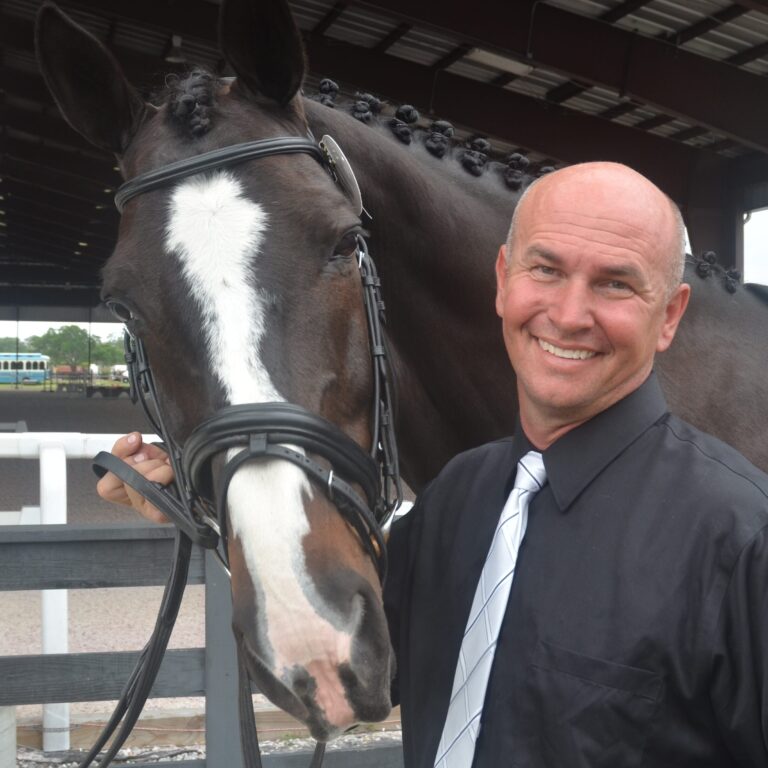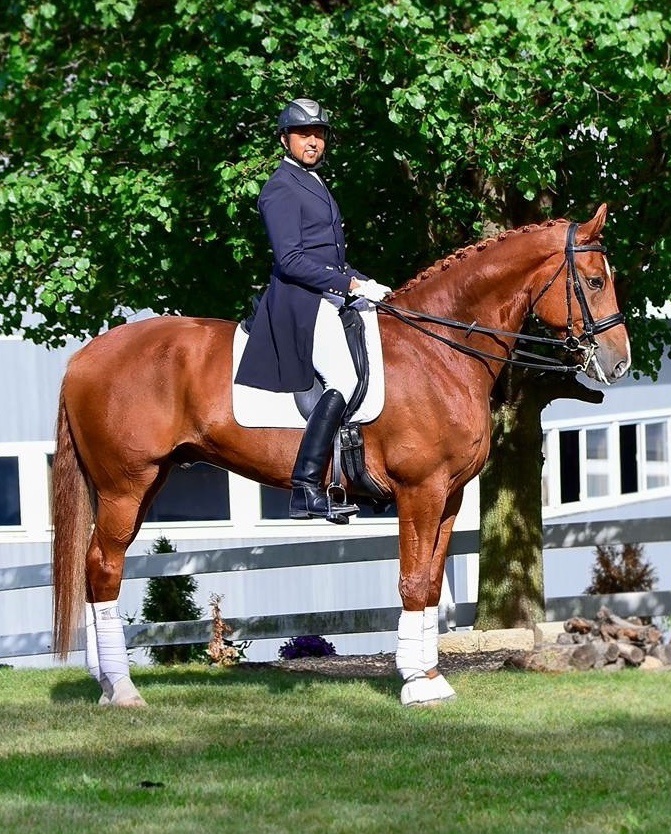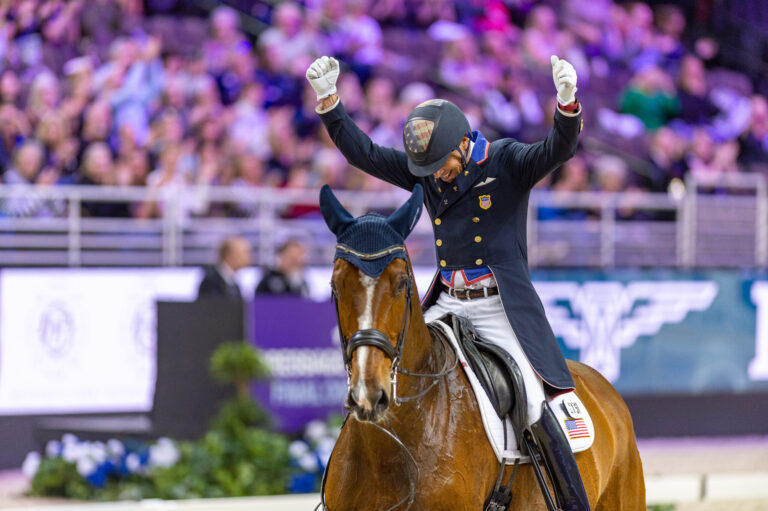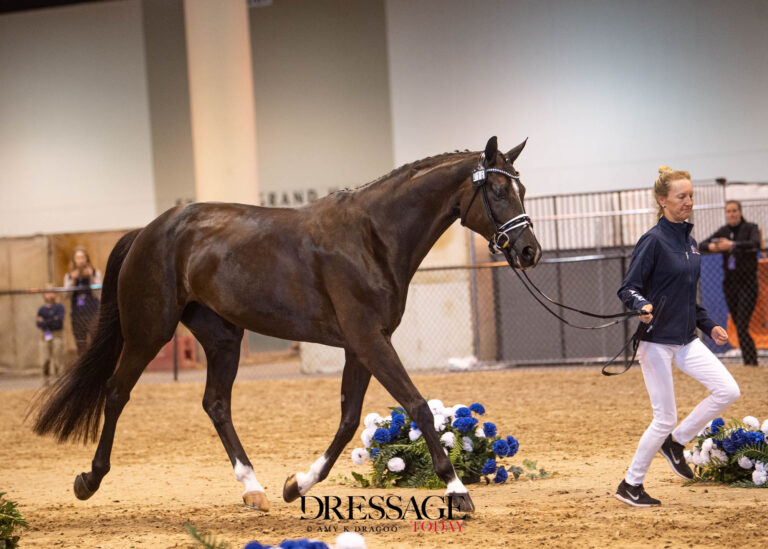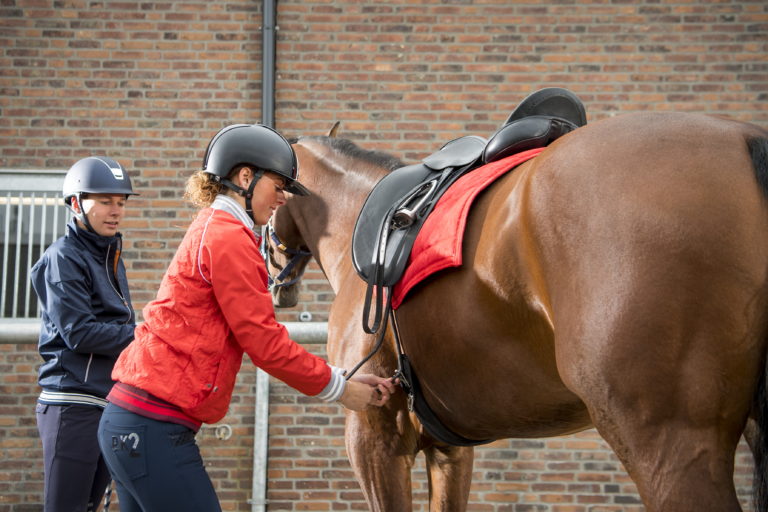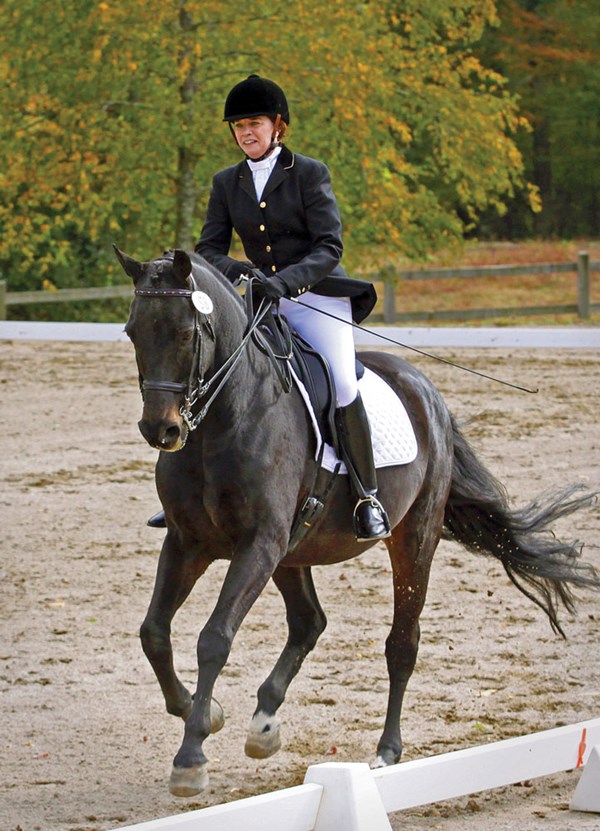
Before Lendon Gray became an Olympic rider, she couldn’t afford a place to stay when she was training with the masters of dressage. She slept in the backseat of her car in a fellow rider’s backyard while she trained with Col. Bengt Ljunquist, former coach of the U.S. Olympic Dressage Team. Even after her international success, Gray said she still struggled financially.
Riders know that dressage is expensive, whether it is a career or a hobby. Sustaining a dressage passion for the Adult Amateur or young rider at any training or financial level may mean sacrificing other things in life. Luckily though, many amateur riders discover ways to creatively finance their training and show schedules. Gray says there are opportunities to get an excellent education, equipment and even some services at a discount or for free.
Education
To support a rider’s education, Gray suggests attending an upper-level dressage event, such as Dressage at Devon, to study the riders. She recommends bringing binoculars for close analysis. Observation is a simple opportunity to learn effective and ineffective riding and handling techniques.
At the barn, Gray recommends creating a support system to offer feedback and advice. She says, “It doesn’t take a highly trained equestrian to see if the horse’s shoulder during the shoulder-in is on a separate track. It’s about people helping each other.” Gray also recommends placing a mirror in a riding arena as a useful tool to check position and carriage.
Sometimes, common errors that are difficult for a rider to see or feel are simple to spot from the ground even for an inexperienced horseperson. A rider can ask a friend or parent to check for overtracking and proper connection on the bit. If a parent, spouse or friend can attend a riding lesson occasionally, he or she may be helpful during training sessions without a professional. Gray confirms, “I’ve known many a parent or spouse who, because they observe at a riding lesson, can help when the rider is working on training at home.”
Gray also points out that a big-name trainer is not necessarily what a rider may need. A lower-level rider may not need a Grand Prix coach to show her or him how to create bend on a circle, she explains. For some riders, a trainer at a lower level, who presumably, is less expensive, can be a good match.
In addition to barn communities, the Internet can be a vehicle to connect with other dressage enthusiasts. There are Facebook groups, Gray notes, and many breed organizations that have online forums. If a rider isn’t taking regular lessons or doesn’t have direct access to a trainer, posting videos for feedback can be a helpful tool. Joining an online network is a great way to improve a rider’s knowledge of the sport and also provides the opportunity to connect with fellow equestrians.
Boarding

If a horse owner has land, moving from boarding at a stable to boarding at home is an option to reduce fees. Linda Byrd, an Adult Amateur on a budget, has a modestly sized home on three acres in Frederick County, Maryland. The location is generally quite expensive, so when her horses’ board cost more than her mortgage, Byrd decided to move her two horses to her property.
For Byrd, the decision to ride means sacrificing her expenses on clothing. Instead, she invests any money she would spend on her everyday apparel in her riding clothes. “My most expensive pants are breeches and the most expensive shoes I own are my paddock and tall boots,” she says.
Although Byrd is careful with her budget, she also admits that there are certain supplies that she refuses to skimp on, particularly saddles and supplements for her horses. Still, Byrd has had good luck with an inexpensive double bridle that isn’t super fancy, but is made of quality leather.
Like Gray, Byrd emphasizes the benefits of connecting with an equine community on the Internet. She mentions regional equine bulletin-board networks for referrals to affordable quality services, such as farriers and chiropractors.
Another amateur horse owner who keeps horses on her property is Carrie Ahonen. When Ahonen returned from military deployment in Iraq four years ago, she decided to pursue her lifelong dream of horseback riding. She and her husband found horse property in Frederick, Maryland, for a good price and now Ahonen has a 10-acre farm where she cares for five horses.
She says that the transition from boarding to caring for her own horses was more time-consuming but ultimately easier to manage financially. In addition to home boarding, Ahonen also saves money by frequenting online-sales websites to find good deals. She recommends using coupons for feed, tack and grooming products. These coupons are usually found in local equestrian magazines, websites or feed stores.
Judy Wright, of West Newbury, Massachusetts, had to think about how she was going to afford board with full training for her Lusitano stallion, Tome, currently showing Intermediaire I. To cover the costs of having Tome in training with a professional, Wright decided to take in three boarders at her home.
Besides doing all the feeding and cleaning herself, Wright also arranged an informal co-op system with her neighbors to share tools such as a post-hole digger, tractor and other equipment that she doesn’t need frequently.
Wright is also actively engaged with her local equestrian community to grow her dressage education. She frequently volunteers as a ring steward at the New England Dressage Association (NEDA) shows. She loves the opportunity to observe different riding and training techniques.
Showing

For the dressage enthusiast, justifying the costs of showing is a big psychological factor in determining a riding budget. Debra Reinhardt views training costs as tuition for an equestrian education. She recently won the Connecticut Vista Vintage Award, for horses 18 years old and above, at Fourth Level with her 25-year-old Danish Warmblood, Satch. In addition to training for 26 years with Vicky Hammers O’Neill, Reinhardt finds auditing clinics with top riders to be a good investment.
When she observed Steffen Peters and Scott Hassler at a trainers conference in Florida, she said she was able to apply the advice and instruction to her own riding at home.
Because Reinhardt has an older horse on the show circuit, she is very cautious of how she spends her time and her money. “If I know the footing isn’t good, I don’t go to an event because I can’t risk any part of the horse’s legs getting pulled,” Reinhardt explains.
Even prestigious, expensive shows can be accessible and affordable with determination. Elizabeth Hattenburg, a lieutenant for the Montgomery County police in Gaithersburg, Maryland, qualified for the 2014 U.S. Dressage Finals in Kentucky. She hauled her horse, Chopin, 10 hours to the Finals, along with her own shavings, hay and feed. She was also her own groom, which allowed for preshow bonding with her horse.
Hotel prices can vary, but Hattenburg recommends finding one near the show with a breakfast buffet to save money on food. Because many show prices are nonnegotiable, such as stall and class fees, staying on a budget can be challenging. Therefore, it is necessary to find opportunities to save money outside of the show grounds. Hattenburg estimated that the total cost of the Finals for her ranged from $1,500 to $2,000, including gas and hotels.
Mary Mansfield, of Concord, Massachusetts, has retired from competition but recalls sacrificing luxuries in the past to make her show budget feasible. She rarely splurged on vacations, expensive dinners or entertainment. In a unique situation, Mansfield was able to borrow a relative’s truck and trailer for hauling her horses to shows since she didn’t have a trailer of her own.
Mansfield remembers her husband comparing budgets and expenses. He discovered that when she was showing, the cost was about $40,000. Now that Mansfield is no longer on the competitive show circuit, the costs have decreased to about $30,000. Mansfield echoes many other horse owners on a budget in her refusal to cut corners on her horses’ health and wellness.
Sustaining dressage training with limited financial resources is possible as long as you have energy, determination and resourcefulness. A mindfulness of how money is spent is crucial for dressage riders operating on a budget. As Gray says, “If you want it badly enough, you can do it.”


